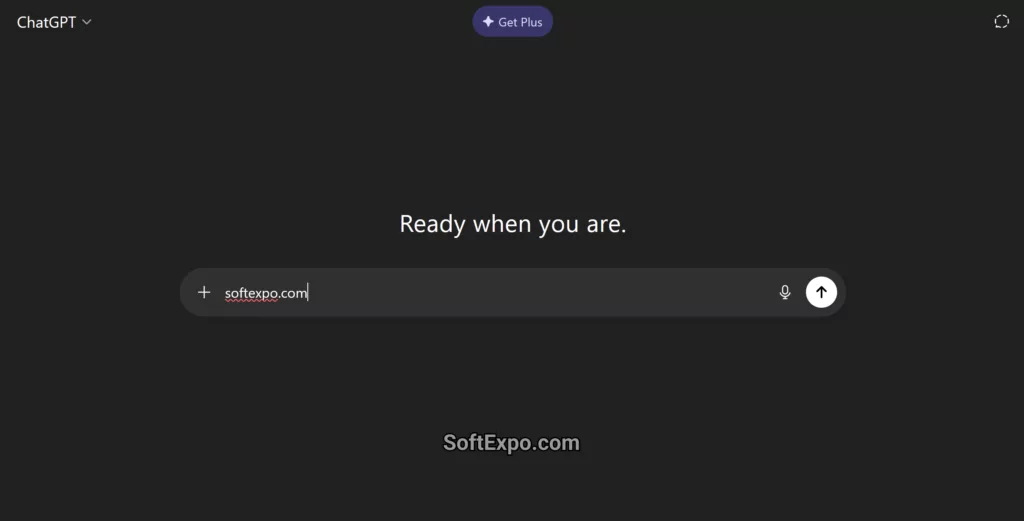All rights reserved © 2025
GPT-5 is the best model of the language by OpenAI, which has been officially released on August 7, 2025. The next-generation artificial intelligence system will integrate multimodal, further reasoning, and advanced task execution into a unified platform, which will change the way in which professionals engage with the AI technology.
The model introduces groundbreaking improvements across critical performance metrics. With web search enabled, GPT-5 demonstrates 45% fewer factual errors than GPT-4o, and when utilizing extended reasoning, the error rate drops by 80% compared to OpenAI o3. These enhancements make GPT-5 particularly valuable for enterprise applications requiring high accuracy and reliability.
GPT-5 processes text, images, audio, and potentially video inputs seamlessly, enabling natural interactions across multiple communication channels. This unified approach eliminates workflow disruptions previously caused by switching between specialized models.
The system implements sophisticated chain-of-thought processing that delivers PhD-level expertise across domains. GPT-5 achieves remarkable benchmarks including 94.6% on AIME 2025 mathematics tests, 74.9% on SWE-bench Verified coding tasks, and 84.2% on multimodal understanding evaluations.
Processing capabilities now support up to 256,000 tokens, allowing comprehensive analysis of lengthy documents, complex codebases, and sustained professional dialogues without context degradation.

GPT-5 is also really good at the more complex front-end generation and debugging of large repositories, and it can generate responsive applications with advanced aesthetic intuition based on one prompt. These capabilities are used by the developers in rapid prototyping, code review, which identifies the critical bugs before deployment, and implementation of automated tests.
The model sets new standards with 46.2% accuracy on HealthBench Hard evaluations, providing precise medical information while maintaining appropriate safety boundaries. Research teams utilize GPT-5 for literature analysis, hypothesis generation, and data interpretation tasks.
GPT-5 includes multiple specialized variants: gpt-5, gpt-5-mini, gpt-5-nano, and gpt-5-chat, each optimized for specific performance requirements and deployment scales. Organizations select variants based on workload complexity, response time requirements, and computational resource availability.
ChatGPT Plus users receive higher usage limits, Pro subscribers enjoy unlimited GPT-5 access including GPT-5 Pro capabilities, and Enterprise customers obtain dedicated resource allocation. The model integrates seamlessly with Microsoft 365 Copilot and Azure AI Foundry platforms.
OpenAI implements comprehensive safeguards including multilayered defense systems, continuous monitoring protocols, and intelligent content filtering. The development process included 5,000 hours of safety testing, ensuring robust protection against misuse while maintaining practical utility.
The “safe completions” paradigm allows GPT-5 to provide helpful high-level responses within safety constraints rather than refusing queries outright, balancing accessibility with responsible deployment.
OpenAI reports approaching 700 million weekly active ChatGPT users, establishing dominant market presence despite intensifying competition from Google’s Gemini, Meta’s Llama, and emerging alternatives. GPT-5’s unified architecture and superior performance metrics reinforce OpenAI’s leadership position in enterprise AI solutions.